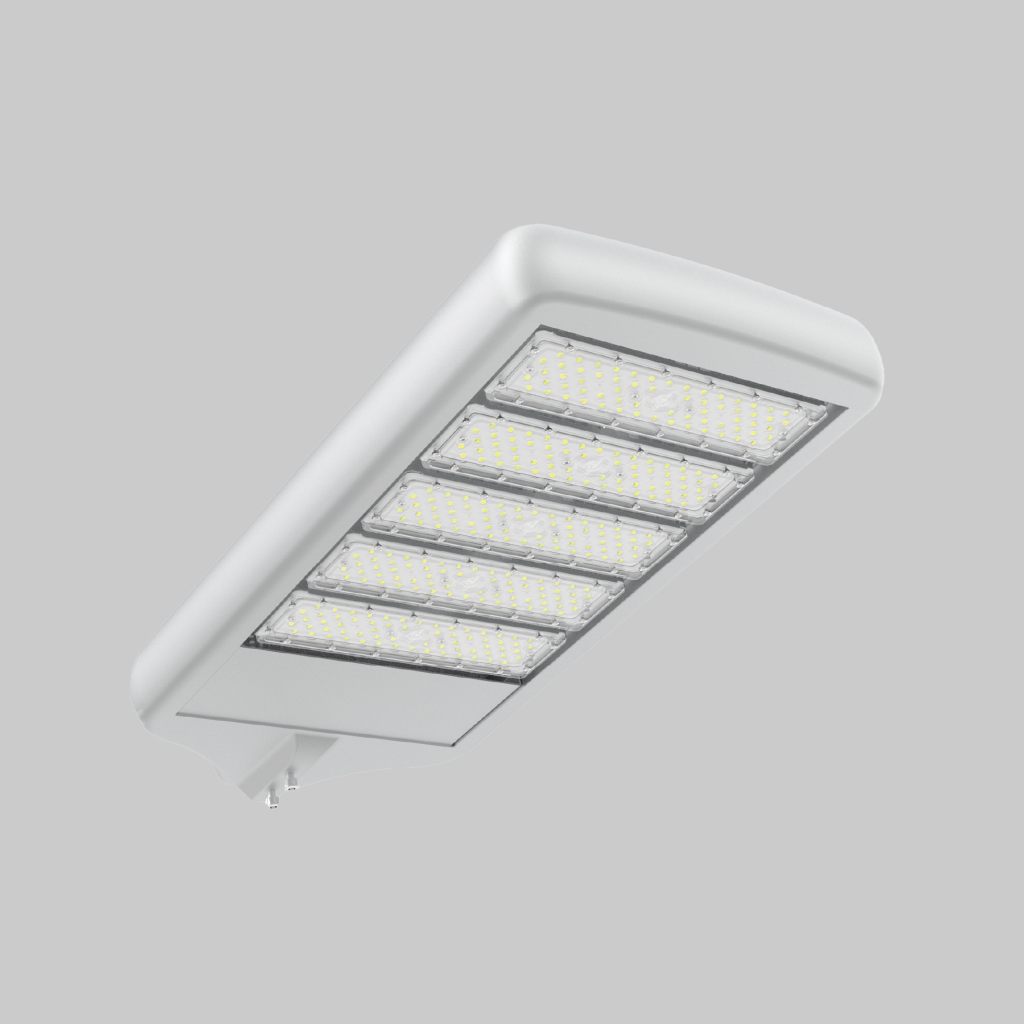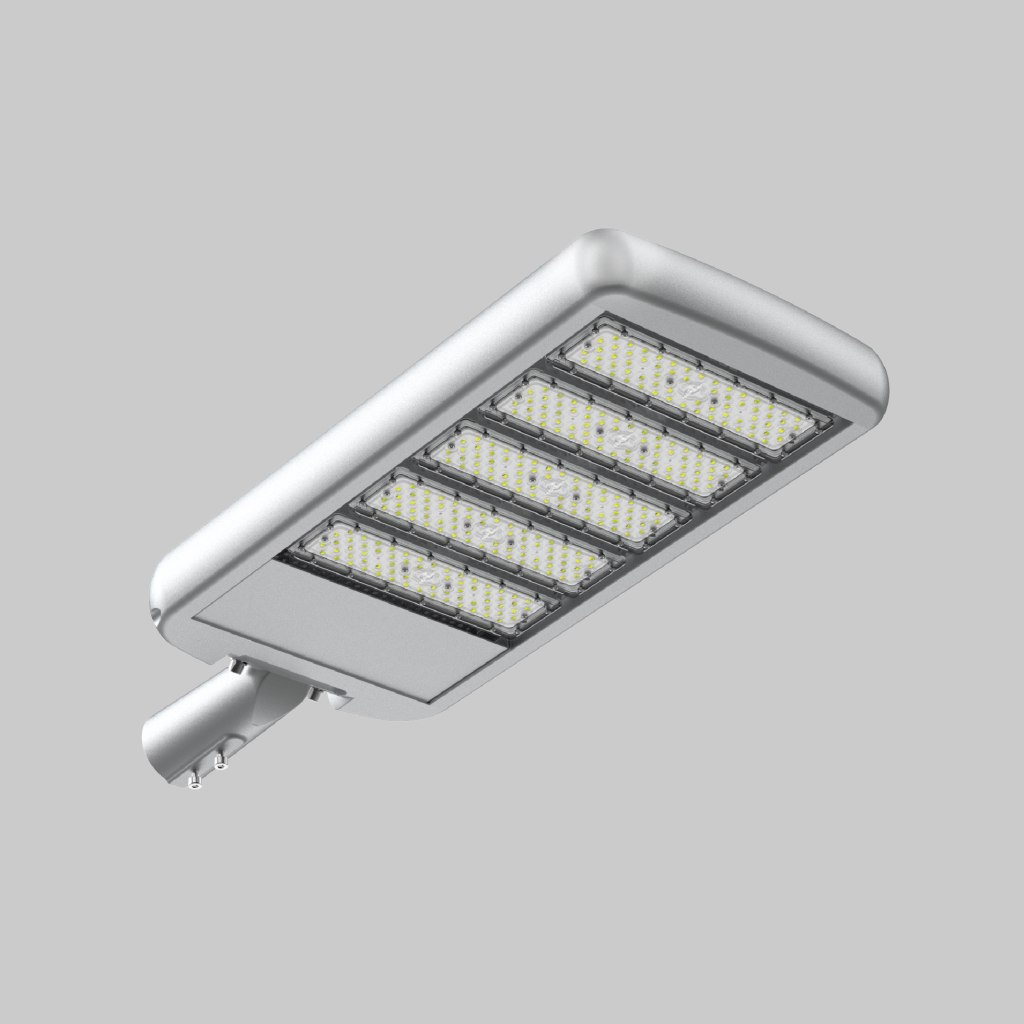
In an industry where the global lighting market is projected to reach a staggering $150 billion by 2026, understanding the legal and regulatory attributes of light fixture factories becomes paramount. These establishments not only contribute significantly to economic growth but also face stringent regulations that govern their operations.
Click to find more about light fixture factory.
The Regulatory Landscape Surrounding Light Fixture Factories
Light fixture factories are subject to a myriad of laws and regulations that ensure product safety, environmental sustainability, and fair labor practices. Among these legal frameworks, Transparency and Disclosure Requirements play a crucial role in fostering accountability within the industry. These requirements mandate manufacturers to provide clear information regarding materials used, energy efficiency ratings, and compliance with safety standards—ultimately promoting consumer trust and informed decision-making.
Classroom Lights: A Case Study in Transparency and Disclosure Requirements

When examining classroom lights specifically, it becomes evident how critical Transparency and Disclosure Requirements are for educational environments. Manufacturers must disclose essential details such as lumens output, color temperature, energy consumption data, and certifications like ENERGY STAR or UL listing. This transparency ensures that schools can make educated choices about lighting solutions that enhance learning while adhering to budgetary constraints.
A Closer Look at EXC Lighting’s Approach to Transparency
EXC Lighting exemplifies best practices in meeting Transparency and Disclosure Requirements through several key features:
- Detailed Product Specifications: Each product comes with comprehensive documentation outlining its technical specifications including wattage usage and lifespan.
- Sustainability Certifications: EXC Lighting prominently displays certifications from recognized organizations which validate their commitment to environmentally friendly manufacturing processes.
- User-Friendly Labels: Products feature easy-to-understand labels detailing energy efficiency ratings alongside potential cost savings over time.
- Crisis Communication Protocols: In case of recalls or safety concerns, EXC has established transparent communication channels ensuring customers receive timely updates on affected products.
- Evolving Standards Compliance: The company regularly updates its disclosures based on changing regulations or advancements in technology related to light fixtures.
A Conclusive Overview of Light Fixture Factories’ Commitment to Transparency
The importance of Transparency and Disclosure Requirements cannot be overstated when discussing light fixture factories. By adhering strictly to these guidelines, manufacturers not only comply with legal obligations but also foster trust among consumers who rely on accurate information for safe purchasing decisions. As we move forward into an increasingly regulated environment for manufacturing industries worldwide, the emphasis on transparency will undoubtedly shape the future landscape of light fixture production.


